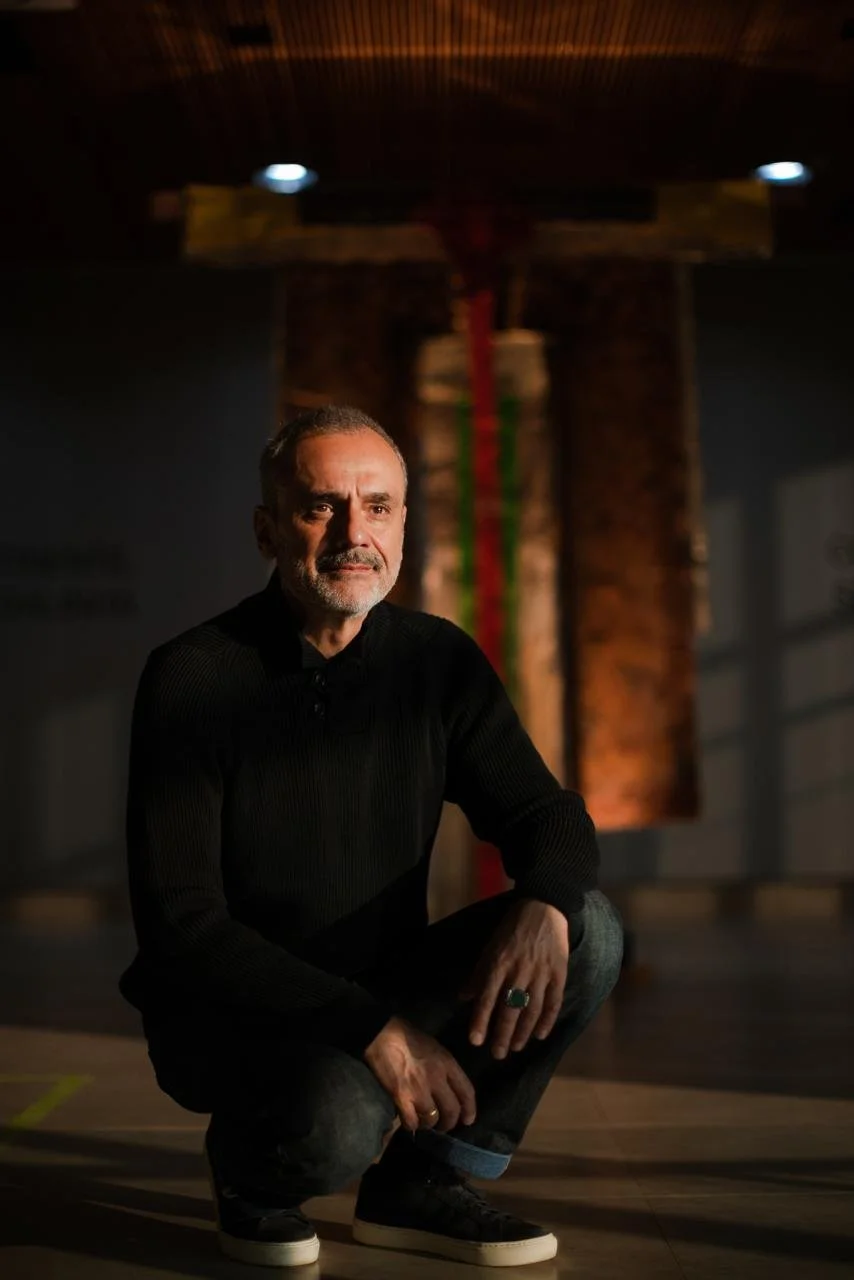Design is not a masterplan – it’s a dialogue with what already exists. Because design doesn’t begin in the head, but in the hand: with the resistance of a thread, the fracture of a structure, the weight of a stone. At IP25, we ask how decors can emerge when material is not just a carrier of ideas, but their driver. Maybe it’s time we stop designing patterns – and start discovering them.

Should patterns grow instead of being designed?




